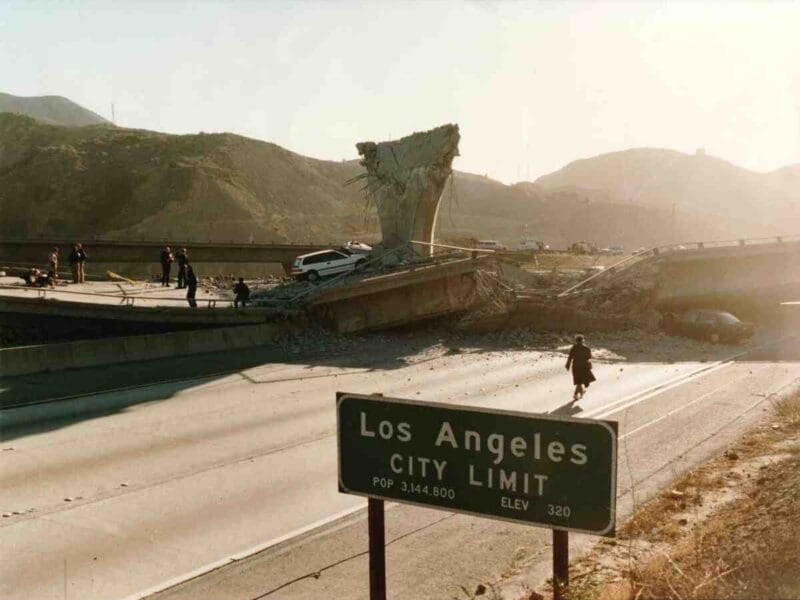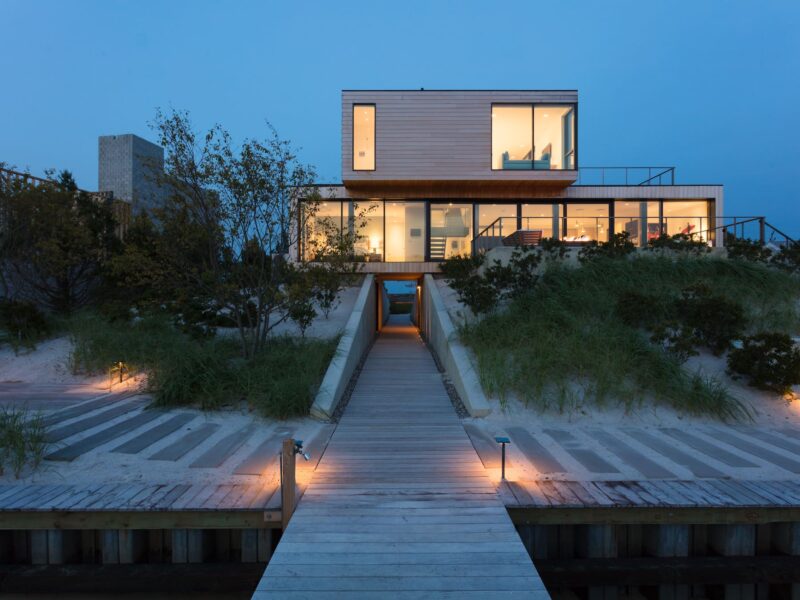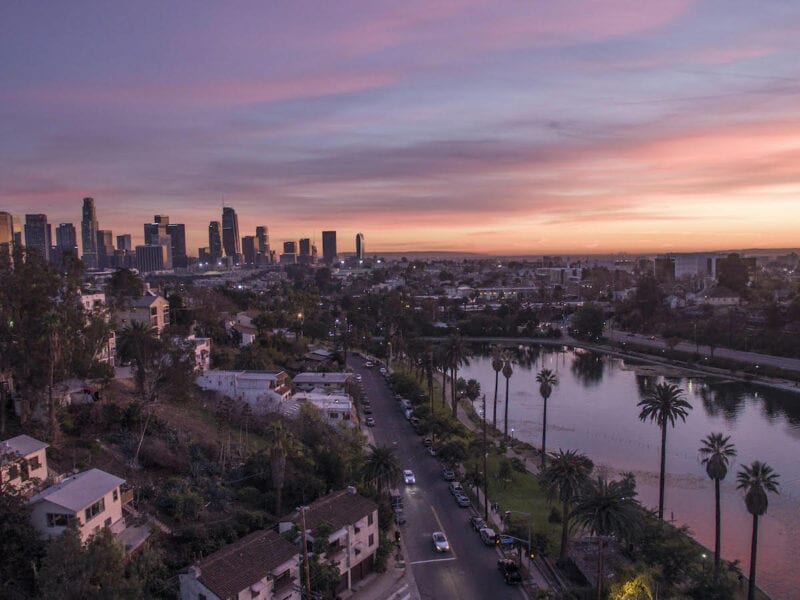
Moroccan villagers grieve in the wake of an earthquake that has wrought devastation upon their tranquil mountain community
In the quiet darkness of the night, a powerful earthquake rattled the remote Moroccan village, shaking the ground with a force previously unknown to its inhabitants. As the earthquake subsided late on a Friday night, Moulay Brahim, nestled in the rugged Atlas Mountains, lay in ruins. The aftermath revealed a grim scene: possibly dozens of lives lost, countless homes reduced to rubble, and walls reduced to mere fragments. Rescue teams soon descended upon the village, their ears straining to hear any signs of life within the debris.
Moulay Brahim, with its breathtaking vistas and proximity to Marrakech, was a haven for tourists and nature enthusiasts. Its narrow streets were lined with small hotels and cafes overlooking picturesque gorges and lush valleys. However, this poor rural community, located approximately 45 kilometers (28 miles) northeast of the earthquake’s epicenter, housed its residents in homes constructed from clay bricks and cinder blocks—many of which had crumbled or were deemed unsafe to inhabit. Fallen walls exposed the interiors of damaged homes, their debris cascading down the hillsides.
Ayoub Toudite, a resident of the village, described the terrifying moment: “We felt a huge shake like it was doomsday. Ten seconds and everything was gone.” Others, like 19-year-old student Abdelfattah El Akari, felt that the quake lasted even longer, as if it persisted for more than a minute. “The ground moved, and homes cracked,” he recalled.
Chaos and terror gripped the villagers as they scrambled to find safety in the streets. Upon their return to their neighborhoods, some used their bare hands to clear debris and retrieve bodies, one after another. Outside a community health center, people gathered and wept as news trickled in about more casualties. Search and rescue teams probed into crevices, looking for survivors or individuals in need of help in the aftermath of the most powerful earthquake to strike Morocco in over a century.
Authorities tempered hopes of immediate recovery, cautioning that many areas were still too fragile to enter. The looming minaret above Moulay Brahim had suffered severe damage and seemed perilously close to toppling in the event of another tremor.
As daylight unveiled the full extent of the tragedy, a solemn procession formed, escorting more than a dozen bodies, shrouded in blankets, to the town square. Men knelt on prayer rugs, offering prayers for the departed before carrying them to a hillside cemetery. Islamic tradition mandates swift burials.
Distraught parents, their voices choked with sorrow, made heartbreaking phone calls to inform loved ones of their children’s loss. In the town square, a large tent was erected, a stark departure from its usual role in hosting joyous celebrations like weddings. In the days to come, it would serve as a shelter for those left homeless, as the community appealed for assistance.
“People are suffering here very much. We are in dire need of ambulances. Please send us ambulances to Moulay Brahim. The matter is urgent,” implored Toudite. The town also faced shortages of food and tents for the displaced.
Moulay Brahim’s economy predominantly relied on agriculture and tourism, leaving uncertainty about when visitors might return to a place steeped in centuries of history.
Named after a Moroccan Sufi saint who advocated a form of Islam centered on peace, love, and tolerance, with an emphasis on inward meditation for spiritual connection, the town’s residents spoke a blend of Arabic and Tachelhit, the most widely spoken indigenous language.
Hassan Ait Belhaj, who owned several rental properties in Moulay Brahim, wondered how long it would take for the area to recover, noting that the buildings were not designed to withstand such violent earthquakes.
The Moroccan military sprang into action, deploying aircraft, helicopters, and drones. Emergency services mobilized aid efforts to the hardest-hit regions, although roads leading to the mountainous epicenter were clogged with vehicles and blocked by fallen rocks, hampering rescue operations.
Navigating the unpaved roads through the rugged High Atlas had always been challenging, long before the earthquake struck. Along a steep highway filled with ambulances, taxis, and Red Cross workers, Labira Lahcen nursed a bandaged hand injury caused by falling debris, considering himself fortunate that his injuries were not more severe. Doctors diligently removed debris from people’s feet and treated those with surface wounds, while the critically injured were rushed to a hospital near Marrakech, located 60 kilometers (37 miles) to the north.







